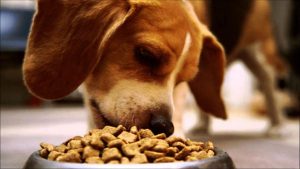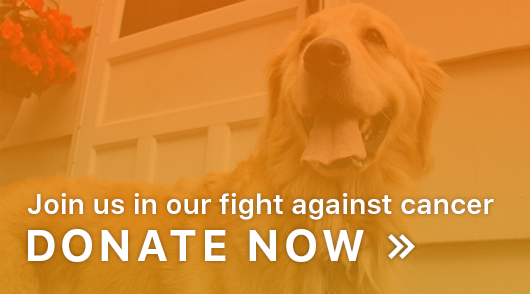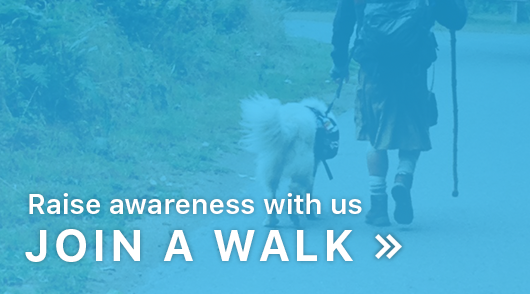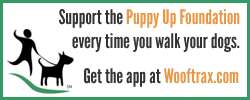
The vast majority of dog owners feed dry dog food to their dogs – and quite a few of them select and store the bags of food in a way that turns a wholesome food into a health hazard for their beloved companions. Are you handling your dog’s food in a safe manner? Or do you regularly make the following mistakes?
- Grabbing and buying the first/top bag of food on the shelf.
Always check the date/code on the bag, and buy the bag with a “best by” date that is as far in the future as you can find. And don’t buy bags that are within a few months or closer to their “best by” date.
Most foods that are made with natural preservatives are intended to be consumed within 12 months of manufacture, although companies extend this to as much as 18 months. But dry food is far less nutritious (oxidation slowly decreases the vitamin activity), and has far more potential to be rancid, the more time passes post-manufacture. (Note that foods that are packed in vacuum-sealed bags and flushed with nitrogen keep fresh longer.)
So, for example, if its February 2014, a bags that was just manufactured and placed on the shelf should have a “best by” date of February 2015 – buying that bag would be ideal. In contrast, avoid the bag with a “best buy” date that indicates the food should be consumed within the next few months.
- Buying giant bags of food for your small or medium dog.
It’s fine to buy the biggest bag if you have several large dogs, but the point is, you should be buying bags in sizes that are small enough so that the food is entirely consumed within two to three weeks, no more.
The longer the food is exposed to oxygen once the bag is open, the faster it oxidizes. While buying very large bags makes the most economic sense (the price per pound is always less if you buy in large bags), it may not make the most sense for your dog’s health. Many dogs start turning up their noses at a food by the time you reach the bottom of the bag, because by that time (especially if you have a small dog!), the fats in the food may be quite rancid – and dogs’ noses are far more sensitive to the odor of rancid fats than our noses are. Veterinarians have a phrase for what happens when dogs are not fussy and eat rancid food, suffering digestive upset after meals: “bottom of the bag syndrome.”
- Storing the food in a warm or damp place.
Read the label; it will almost always suggest storing the food in a cool, dry place. Again, this is to preserve the wholesomeness of the food and to retard the process of oxidation. Look for a cool, low cupboard or shelf in the pantry.
- Dumping the food into another container.
I know, I know, it’s far easier to scoop food out of a plastic bin than it is to scoop it out of the bag. But there are several problems with bins. First, many are not made with “food-safe” plastic – material that is resistant to degradation caused by contact with fat (keep in mind that dog food is a relatively high-fat food). Fat can cause the type of plastic used in things like plastic garbage cans and totes to accelerate the rate at which BPA and other plasticizers leach out of the container and into the dog food.
Second, if you don’t completely empty and clean out the bin in between each bag of food you dump into it, you are effectively “seeding” each new batch of food with rancid fats that are in the old food in the bottom of the tub and the fat that covers the container. It’s far safer to keep the food in the bag, and keep the bag in a container.
The practice of dumping the food into another container leads to the next mistake you should avoid . . .
- Throwing away the bag before your dog has finished all the food.
If your dog becomes ill, the type of food and its date/code number will be critical information to have on hand. Your vet will want to know what exact food you fed the dog. If it develops that the food causes a serious illness or death, the manufacturer and the FDA will need the information to conclusively tie the food (and the specific lot of food) to the problem. If you are not absolutely certain and/or can’t prove what variety of food you fed to your sick dog, it’s will be very difficult to make the company take responsibility for the problem.








